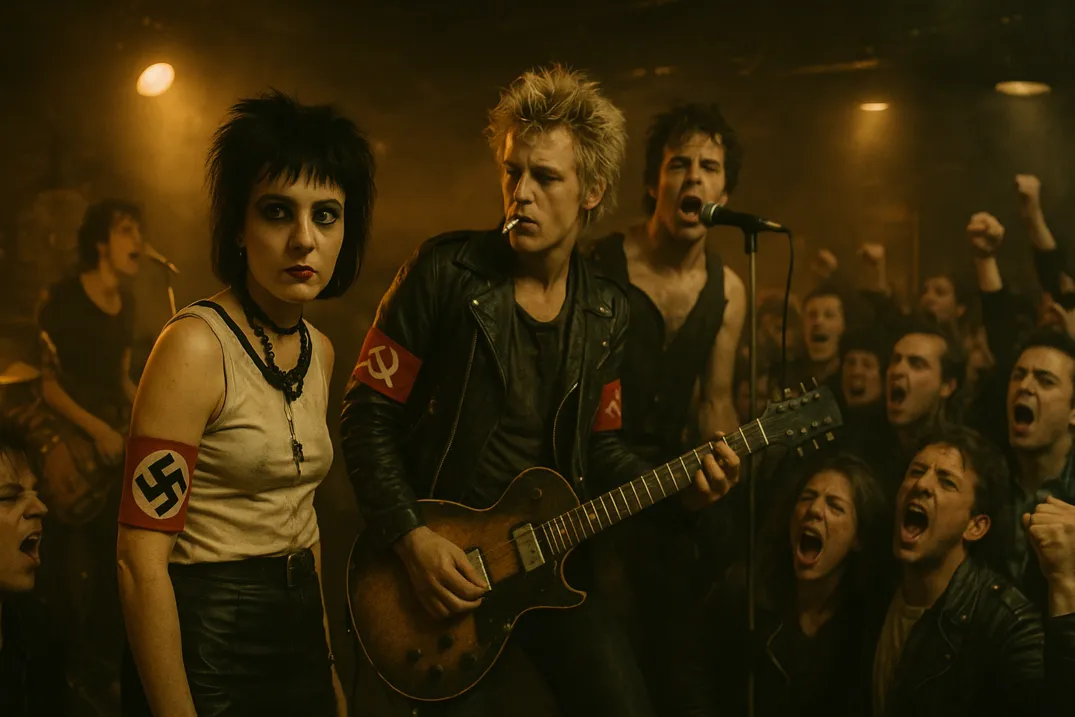Billy Idol Clarifies Punk Rock’s Controversial Use of the Swastika: “It Was Performance Art”
In a revealing new interview, punk legend Billy Idol reflected on one of the most controversial visual elements of early punk rock: the swastika. Speaking on the Turned Out a Punk podcast, Idol recounted a particularly tense moment in Paris when he joined a pre-fame Siouxsie and the Banshees opening for the Sex Pistols.
“It was kind of wild,” Idol said, noting the gig coincided with post-WWII commemorations in France. “Siouxsie was wearing her night porter gear, with the swastika, and she was driving these left-wing French people crazy. They didn’t get it was performance art.”
The reaction from the French audience, which Idol described as “practically communists,” was intense. Misinterpreting the provocative symbols as genuine political alignment, the crowd became hostile, forcing the bands to flee the stage. “We sort of escaped across the stage,” Idol admitted.
Punk’s use of incendiary symbols wasn’t about ideology, Idol stressed. It was rebellion, designed to shock and reflect the oppressive social climate. “We were reflecting back on British society what they were doing to us,” he explained. Vivienne Westwood, the fashion architect of punk, often fused conflicting imagery—Nazi, communist, and more—as a chaotic middle finger to the status quo.
“It was a kind of a reflection back on the powers that be,” Idol said. “You want us to be fascist? Okay, we’ll dress like that to frighten you.”
This fashion-as-politics concept was central to punk’s ethos. Shock value was a tool to disrupt complacency, not to glorify hate. Idol admitted that this nuance is lost on modern audiences who don’t always grasp the context. “They don’t get that aspect of the punk rock way of dressing,” he said. “It worked.”
The story adds to punk’s complicated legacy—a genre that thrived on confrontation, often walking a razor-thin line between symbolism and offense.





